This article was written by Steve Packer, UKFIET Trustee.
In correspondence with Foreign Commonwealth and Development Office (FCDO) ministers (July and November 2020, March 2021), UKFIET has made the case for maintaining the focus of aid on low-income countries (LICs), protecting levels of aid to education at a minimum of 10% of total Official Development Assistance (ODA), investing in educational research at no less than 5% of education sector spend, and re-committing to aid effectiveness principles, including through the work of the International Development Committee (IDC) and the Independent Commission on Aid Impact (ICAI).
This argument is set against the backdrop of a steady decline in education’s share of UK ODA, significant cuts to the overall aid budget in 2020 and 2021 (FCDO Update dated 21 April 2021), and growing uncertainty regarding the place of education within the reconceptualisation of UK aid policy and practice.
A Declining Share
UKFIET’s disquiet, and clearly that of others in the UK’s development community, pre-dates the institutional and policy upheavals of 2020. Education’s share of total UK ODA dropped to 8% in 2017. It remained at that level in 2018 (UNESCO Global Education Monitoring Report 2020). In 2019, it dropped further to 5.19% (calculated from FCDO 2020 and FCDO 2021).
These data for 2017-2019 compare with a high of 18% in 2004 (an MDG/EFA related surge) and to six out of eight years between 2009 and 2016 when the share was over 10%. This decline in the financial priority accorded to education pre-dates the coronavirus pandemic, the formation of FCDO, and the revisions to aid policy announced in the second half of 2020.
Falling Levels of Expenditure 2019-2021
A fall in budget share does not necessarily mean that levels of expenditure fall too. In 2019, education sector expenditure was £789m, the fourth highest total in the ten years from 2010, primarily because overall ODA rose to its highest ever level of £15.183bn. This does raise the question, however, as to why education failed to benefit commensurately in share terms from the significant increases in overall aid. The IDC has argued consistently for an increase in UK aid to education. This has not happened and remains unexplained.
Trying to get accurate information on education sector spend in 2020 is a deeply frustrating exercise. Provisional UK aid expenditure for 2020 (April 2021, see above) provides no sector analysis. It is possible that no such data will be published in the final expenditure statistics for 2020 later this year, and possibly thereafter, a conclusion that could be drawn from comments made by Sir Philip Barton to the IDC (22 April, 2021). In these circumstances, it will be interesting to see how OECD records UK education aid expenditure for 2020.
Total ODA spend in 2020 was £14.471bn, £1.3bn of which was for Covid-19 pandemic related activities. Overall expenditure by the former DFID was £10.047bn, 69.4% of total ODA; the balance spread across non-FCDO government departments. Only two G7 countries saw a fall in grant equivalent aid expenditures in 2020: Italy, by 7.2% and the UK by 10%. Only four OECD DAC countries reduced their aid by 10% or more (UK 10%, Australia and Portugal 10.6%, and Greece 36.2%).
Speculatively, if education’s share in 2020 matched 2019 levels (approximately 5%), total sector expenditure would have been £521m, a drop of £268m (34%). A different calculation, which is not easily reconciled with the 5% calculation, uses financial year data provided by FCDO to IATI (March 2021). This suggests that for all activities classified as ‘girls’ education’ (i.e. projects given a gender policy marker), there has been a fall in expenditure from £536m in 2019/2020, to £424m in 2020/21. The newly-announced allocation of £400mn for girls’ education for 2021/22, appears to belie the priority accorded to one of the seven high level Global Challenges for UK ODA going forward.
Applying a 5% share for education in 2021 would result in an allocation of approximately £500m. It appears, however, that such a calculation has little meaning, given that ODA allocations are directed now to ‘challenges’(see below). To date, as noted above, £400m has been allocated to girls’ education and the UK will give an unspecified increase in its level of support for the Global Partnership for Education (GPE, see below). Any attempt by MPs across all parties to get a detailed breakdown of cuts to programmes in 2020 and programme planning for 2021, are batted away on a daily basis by FCDO ministers (see, for example, the government’s ‘They Work for You’ email service on ODA).
Whatever the final 2021 allocations, by ‘challenge’, by country programme, by NGO activity, by research, the signals such as they are, suggest that education, however defined, will have lost further ground in terms of both ODA share and levels of expenditure.
Consequences
Just as expenditure and allocation data are very hard to come by, so too is specific information on the education programmes that have or are being cut: what, where, when, and why.
Since mid-2020, there has been a steady but partial news-stream of cutbacks to bilateral aid programmes and in January 2021, Sarah Champion, Chair of the IDC, stated that ‘our ambassadors have today been instructed by the Foreign Office to cut 50-70% from the aid budget’. But only those directly involved in working with or for FCDO bilateral programmes, research projects, project management and NGO/CSO activities know the reality of the real or potential damage to learning and learners that will be incurred.
The Institute of Fiscal Studies (IFS) has projected an overall reduction in aid spending of ‘around 24% between 2020 and 2021 [which] marks a steep one year fall and a potentially significant policy change’. IFS notes that ‘Existing commitments in the aid budget mean that cuts will not be distributed evenly, and some spending areas will be cut by more than others. The speed of cuts combined with the constraints on where they can practically be made, risks decision-making reflecting criteria other than programme impact or effectiveness’. It finds too that ’… a temporary reduction in the aid budget does little to alter the long-term fiscal outlook. Large and abrupt changes in the aid budget will, however, bring challenges for managing aid and ensuring effectiveness’. The import of these messages should not be lost on education, not least in a sector that by its very nature requires secure medium- to long-term investment.
Seven Global Challenges
In November 2020, well in advance of the publication of the Integrated Review of Security, Defence, Development and Foreign Policy in March 2021, the government announced that UK aid will focus on ‘seven global challenges’, of which girls’ education is to be one. Arguably, the other six (climate change; Covid and global health security; science, research and technology; open societies and conflict resolution; humanitarian preparedness and response; and trade and economic development) all have significant education and training implications. For example, The Education Commission is highlighting lessons for the education sector in developing international architectures for climate change.
The Foreign Secretary, Dominic Raab, also stated in November 2020 that ‘bilateral programmes, with their advantages of effectiveness, local ownership and strategic impact will be the default, except for obvious exceptions such as global research, policy influencing, partnership with UK centres of excellence, and core multilateral activity’. On the face of it, operationally, this is a scenario not that different from current practice but with fewer resources amid changing priorities.
As many commentators have noted (see for example, IDC, 13 April 2012), the Integrated Review is, to say the least, light on development. A broad strategic framework is constructed on four pillars:
- sustaining strategic advantage through science and technology;
- shaping the international order of the future;
- strengthening security and defence at home and overseas; and
- building human resilience at home and overseas.
It is under the fourth pillar that ODA budgets and programmes sit; ‘to fight poverty, tackle climate change, support girls into education [an access only statement] and improve global health’. A new international development strategy is promised to ‘ensure close alignment of UK aid from 2022 with the Strategic Framework’ but this may not appear until next year. What guides programming strategies in 2021, during a period of significant cutbacks, remains unclear.
There is a general nod in the direction of Sustainable Development Goals (SDGs): ‘we will remain a world-leading international development donor, committed to the global fight against poverty and to achieving the UN SDGs by 2030’, but almost no attention is given to connectivity across sectors.
The word ‘education’ appears 15 times in the Integrated Review (health, 93 times) but with no cross-over to either the SDGs and 2030, nor to building back better in education post-Covid, despite the plethora of strategies and plans from national and international organisations and research institutions across the globe. The dominant message lies with girls’ education (which has been an important thread in UK aid for education for 20 years), linked closely to the Global Partnership for Education (GPE). In a convoluted paragraph, the commitment is made to ‘continue our efforts to ensure all girls have at least 12 years of quality education and to get 40 million more girls in developing countries into school by 2025, using our aid spending and presidency – with Kenya – of the GPE summit in 2021’. Given that girls’ education has suffered disproportionately from the coronavirus, what is the baseline from which the UK government’s targets have been set? For example, Malala Fund research estimates that as a result of the pandemic,20 million girls in developing countries may never return to the classroom. So what does ‘more girls’ mean when the immediate and medium-term challenge is to recover lost ground?
Education is mentioned three times in relation to the Indo-Pacific ‘tilt’ in UK foreign policy, but there is no direct educational link to Africa despite sub-Saharan Africa having ‘the largest proportion of children who do not attend primary school, the smallest proportion of the population completing secondary education and the largest challenges in financing mass post primary and higher education than any region in the world’ (Lewin 2020). And there is no elaboration of the connections between poverty, aid and development in Africa – despite the fact that it receives the highest proportion of FCDO region specific bilateral aid.
A preliminary analysis of the Integrated Review suggests that education might be conceived in three ways:
- as a means of drawing in international innovation and talent to the UK as a contribution to its own prosperity;
- in shaping the future of the international order, including through the soft influencing power of the British Council, and the future economic and political benefits to be derived from overseas students in the UK (nearly 500,000 in 2019), some on scholarship schemes (Commonwealth, Marshall, and Chevening);
- and finally, under the rubric of building resilience at home and overseas, there is the ODA development budget, but with no strategic elaboration on education beyond girls’ education and GPE.
Implicitly, and perhaps deliberately, education is defined as less than the sum of its parts. Health, on the other hand, has a much more coherent story line under the rubric of health resilience at home and abroad, designed to improve global health with significant funding commitments itemised in the Review. No such paradigm is set for education: no place here it seems for education as a global public good. No need to set out the case for global education ‘resilience.
Uncertainty
For those engaged with education and development programmes and research in the UK, let alone those with whom they work in low-income countries, this is a landscape of considerable uncertainty. Already, 2021 is a year for fire-fighting as programmes are cut and the resultant damage assessed. The Center for Global Development has suggested that the cut to 5% GNI could result in ‘4.5m fewer children being supported by UK aid to gain a decent education’. If this were to be true, a significant dent would be made immediately in the commitment to give more girls meaningful educational opportunities.
But beyond 2021, numerous questions, conceptual, strategic and financial, arise. One reading of the FCDO Integrated Review announcements suggests that no longer will there be an education ODA policy/strategy per se, as there has been in various guises since 1990, most recently in DFID 2018 ‘Get Children Learning’. Instead, we may be heading for more politically high profile initiatives, schemes, and ‘smart buys’, programmed across the pillars of the strategic framework. Girls’ education – however this is going to be formulated and addressed – is the obvious example. And yet, this topic cannot be separated from wider systemic issues of equity and the quality of learning for all children and young people in LICs and elsewhere. At present, it is the only education headline. What lies alongside? Will UK support for the development of sustainable and innovative approaches for financing for basic education systems fall away? Will work on improving the practice of teachers and teaching drop off the map? Will community engagement in schooling lose significance? Will support for learning opportunities for those living with conflict be sustained and increased, in a world where one in four children lived in countries affected by conflict or climate-related emergencies before the pandemic? And so on. Or will girls’ education be the new umbrella, as opposed to learning for all, under which major systemic issues will shelter, as long as there is a girls’/gender marker on such activities?
It is possible too, that greater favour may be accorded to financing multilateral institutions at the expense of direct bilateral programming. For example, will GPE being seen as a more cost-effective proxy conduit for UK aid to education than its bilateral programmes?
Global Summits in 2021
Two events in 2021 may (or may not) offer insights into these and other issues. The G7 Summit in June 2021 under UK presidency, will highlight ‘building back better from coronavirus and creating a greener, more prosperous future’. Girls’ education is cited alongside sustainable development financing as one of many priorities. In the following month, an education summit hosted by the UK and Kenya focuses on the replenishment of GPE for the period 2021-2025. US$5bn is being sought. Under the 2018-2020 replenishment, UK pledged £240m over three years; just under 13% of total pledges. A balance of £50m is outstanding. The UK has stated its intention to increase its investment in GPE. Will this be conceived in part as a contribution to girls’ education? Will this be new money or consolidated from reassigned budgets? Whatever initiatives flow in the summer, major political capital will be sought.
Taking Stock – Taking Action
It will be important for the education and development community in the UK to:
- Continue to highlight and record the damage that cuts are having on education and education research in LICs, including learning and the lives of learners.
- Monitor, analyse, and publicise 2020 education sector expenditure and 2021 total aid and education sector allocations, if such exist. (In this context BOND is seeking a review of the denial of its information request for details of 2020 aid cuts).
- Engage with formal processes of consultation (again if such exist) on the new international development strategy for 2022 and beyond.
- Seek dialogue, in as coordinated a way as possible, with FCDO Ministers and FCDO education sector specialists, on medium-term education policy and strategy and to challenge the ways and means by which the overarching concept of resilience will find expression in UK ODA for education.
Opportunities
At best, there will be open, consultative opportunities to re-assess UK aid for education: its commitments, its focus, its modalities and its impact within new policy and resource parameters, at a time when young people the world over have had their existing learning deficits deepened dramatically. It would be good to get at least a signal from the UK government that meaningful and sustained dialogue with one of the most informed education and development communities in the Western world would be valued.

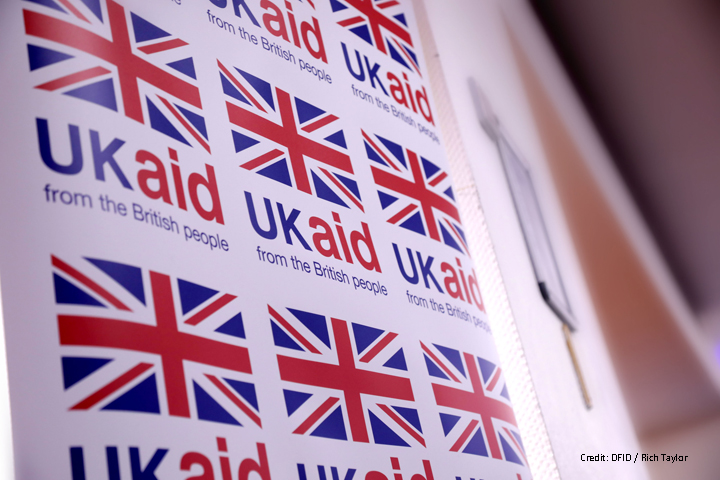
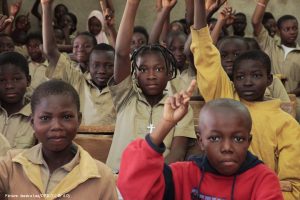
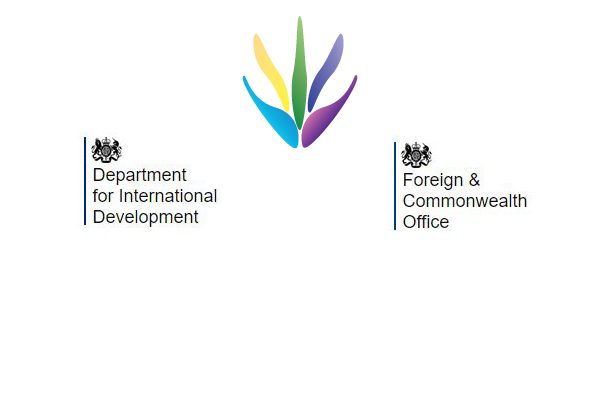
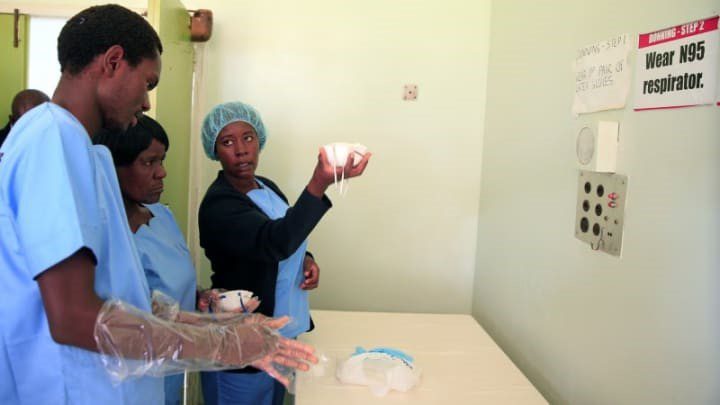
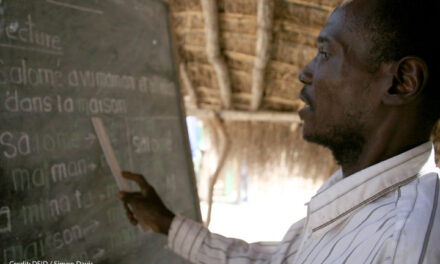
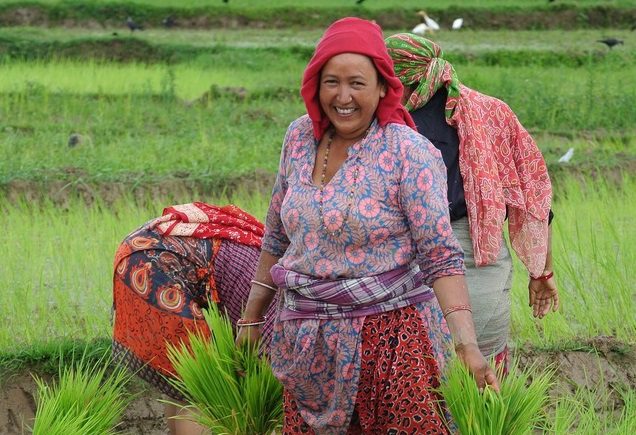
Trackbacks/Pingbacks